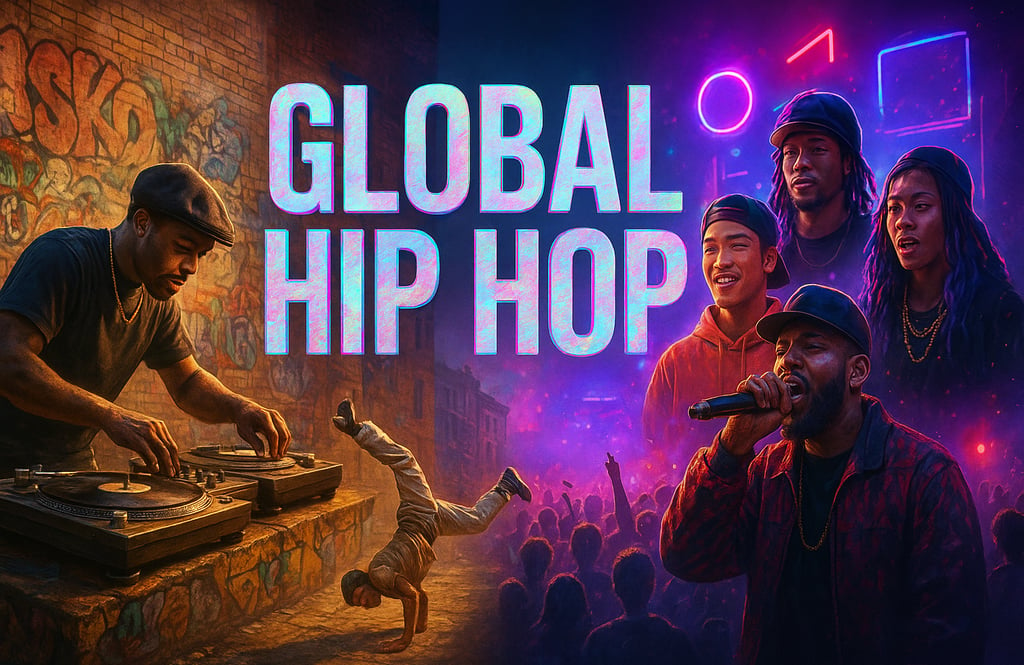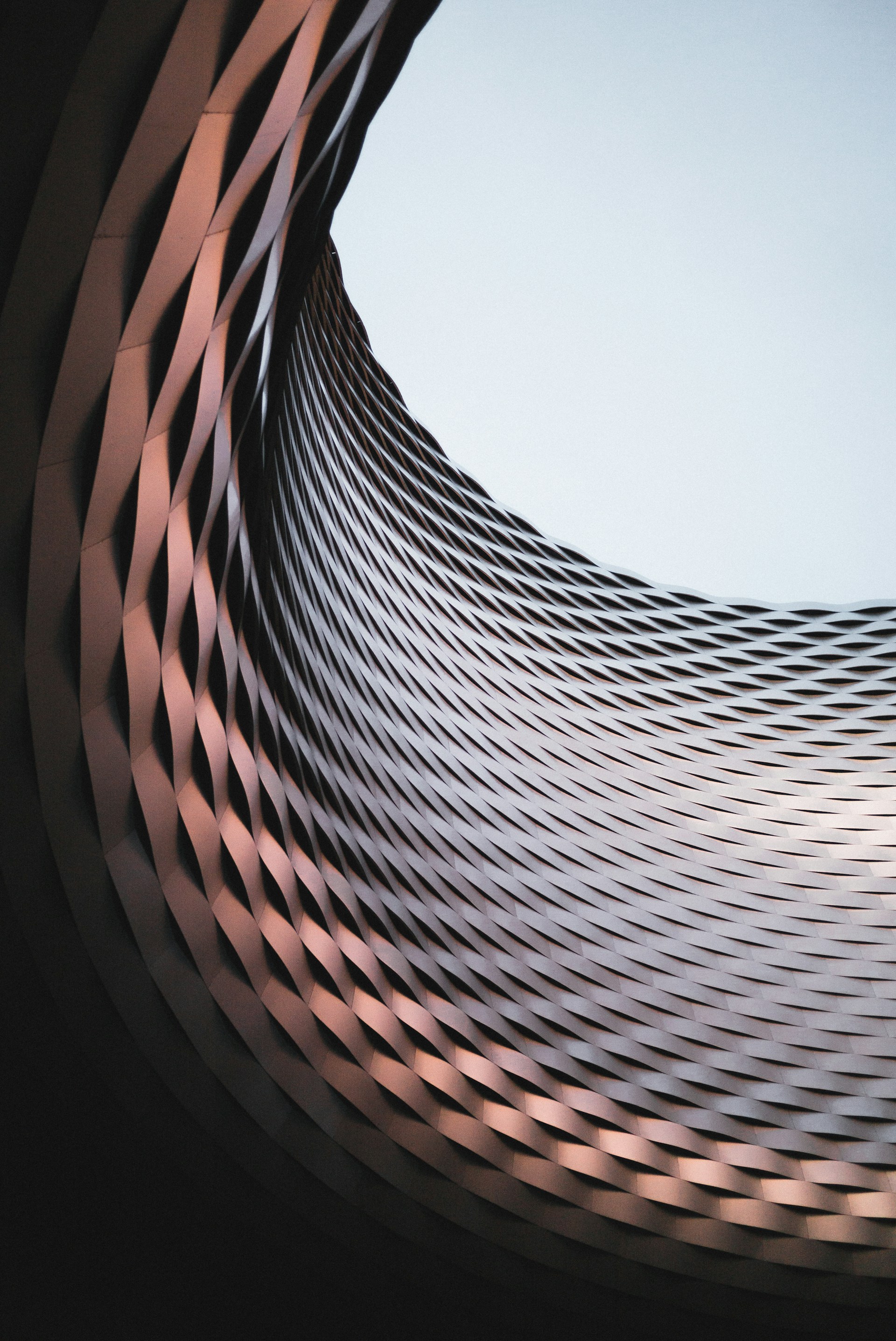Global Hip Hop: From Bronx Roots to Worldwide Phenomenon
8/11/20253 min read


Hip hop isn’t just music — it’s a movement, a lifestyle, and a global voice for the streets. What started as block parties in the Bronx during the 1970s has now become one of the most powerful cultural exports the world has ever seen. Today, hip hop shapes fashion, slang, politics, and even the way we scroll on social media. Let’s take a tour — from the birthplace of hip hop to how it’s killing the game in every corner of the globe.
1. The Bronx: Where It All Began
Picture this: It’s 1973 in the South Bronx, New York. DJ Kool Herc spins records at a back-to-school party, looping the instrumental “break” sections while MCs hype up the crowd. This was the birth of hip hop’s four elements — DJing, MCing, Breakdancing, and Graffiti.
The Bronx was broke, burning, and ignored — but hip hop turned pain into poetry, struggle into swagger.
2. The American Expansion: Coast to Coast
After the Bronx, hip hop spread like wildfire:
East Coast: Acts like Run-D.M.C., Rakim, and Nas defined lyricism and street storytelling.
West Coast: N.W.A, Tupac, and Snoop Dogg brought G-Funk, gangsta rap, and the sunny-yet-gritty vibe of LA streets.
South: OutKast, Lil Wayne, and later trap pioneers like T.I., Gucci Mane, and Future turned Atlanta into the trap capital of the world.
3. Hip Hop Goes Global
By the late ‘90s and early 2000s, hip hop wasn’t just an American sound — it was a passport.
France: Artists like IAM and Booba blended French lyricism with boom-bap and trap.
UK: Grime and drill emerged, with artists like Stormzy and Skepta leading the charge.
Japan: Acts like Nujabes mixed hip hop with jazz, creating a chill, atmospheric sound.
Brazil: Hip hop merged with funk carioca, giving a high-energy, street-party flavor.
4. Desi Hip Hop: From Underground to Mainstream
In South Asia, hip hop started as a niche — now it’s a movement.
From Bohemia kicking off Punjabi rap to DIVINE, Naezy, Badshah, and Kr$na bringing the genre to prime time, Desi hip hop has found its own accent and swagger. It’s raw, multilingual, and unapologetically rooted in local culture. Bollywood collabs, Gully rap anthems, and YouTube cyphers have made Indian and Pakistani rappers global contenders.
5. The Internet Era: Everyone’s Stage
SoundCloud, YouTube, TikTok — platforms like these made it possible for rappers from Nairobi to New Delhi to drop tracks without waiting for a label. Viral challenges, meme rap, and bedroom producers changed the power dynamic — hip hop became fully democratized.
6. Beyond Music: Hip Hop as a Culture
Hip hop isn’t just beats and bars — it’s fashion (baggy jeans to streetwear brands), dance battles, sneaker culture, graffiti art, and even activism. From protesting police brutality in the U.S. to speaking out on political unrest in the Middle East, hip hop remains the megaphone for the voiceless.
7. The Future of Hip Hop
Hip hop’s future is multilingual, genre-blending, and borderless. AI might change production, but the heart of hip hop — truth-telling from the streets — will always stay. Expect more cross-cultural collabs, experimental beats, and global tours that make the world feel like one big block party.
Final Word
From the Bronx block parties to cyphers in Indian gullies, hip hop has proved one thing: it’s more than a sound — it’s a survival instinct. Wherever there’s a beat, a story, and a hungry voice, hip hop will thrive.
Your Turn:
What’s hip hop like in your city? Which artist or scene inspires you the most? Drop your thoughts in the comments — or better yet, leave your email below so we can send you fresh Desi Hip Hop stories, interviews, and underground finds straight to your inbox. Let’s keep the cypher going, worldwide. 🔥

🎶 Get The Bars, The Beats, The Backstories – Direct to Your Inbox.
Send your Articles
Stay updated with the latest hip hop trends.
Stay Connected
rap@grillg.com
+91-9911428513
© 2024. All rights reserved.
